Rigetti announced the launch of its Novera™ QPU — a 9-qubit quantum processing unit.
Rigetti Computing announced the launch and sale of the company’s Novera™ QPU, a 9-qubit quantum processing unit.
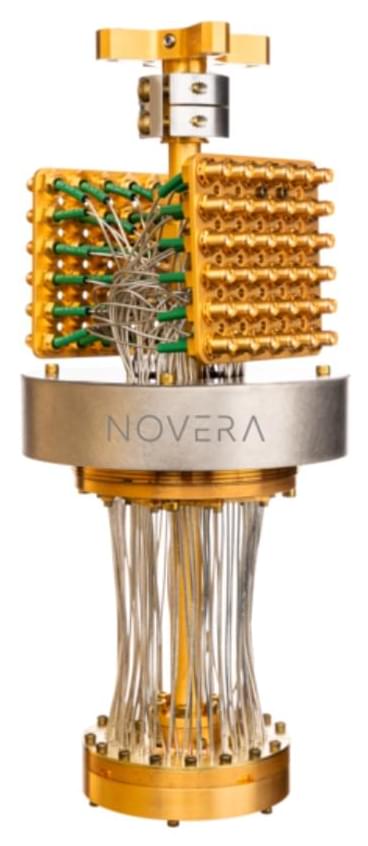
Admiral Grace Hopper was one of the first programmers of the Harvard Mark I computer. She developed the first compiler for a computer programming language…
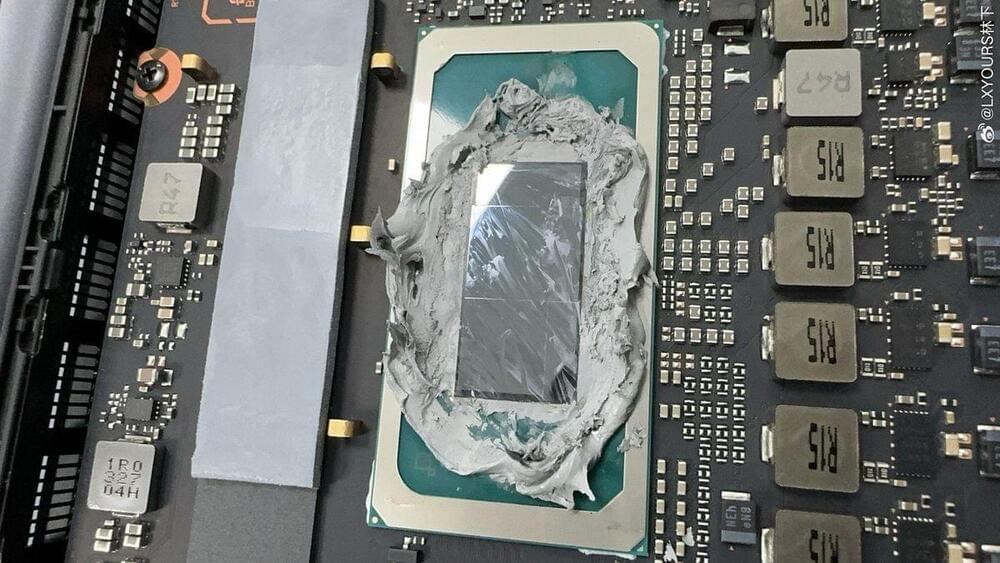
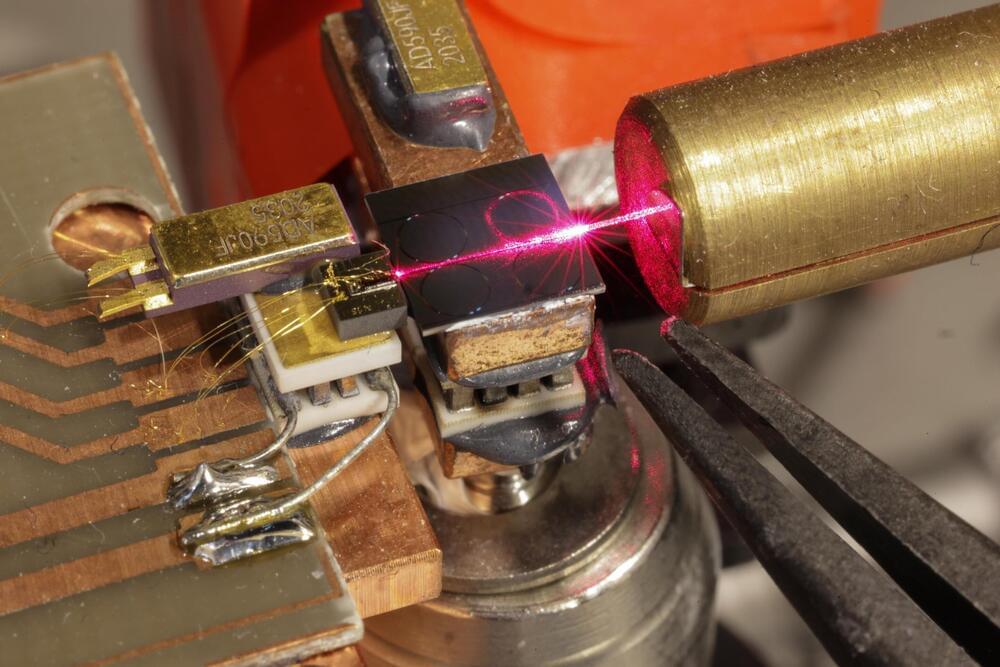
The team at EPFL’s Photonic Systems Laboratory (PHOSL) has developed a chip-scale laser source that enhances the performance of semiconductor lasers while enabling the generation of shorter wavelengths.
This pioneering work, led by Professor Camille Brès and postdoctoral researcher Marco Clementi from EPFL’s School of Engineering represents a significant advance in the field of photonics, with implications for telecommunications, metrology, and other high-precision applications.
The study, published in the journal Light: Science & Applications, reveals how the PHOSL researchers, in collaboration with the Laboratory of Photonics and Quantum Measurements, have successfully integrated semiconductor lasers with silicon nitride photonic circuits containing microresonators. This integration results in a hybrid device that emits highly uniform and precise light in both near-infrared and visible ranges, filling a technological gap that has long challenged the industry.
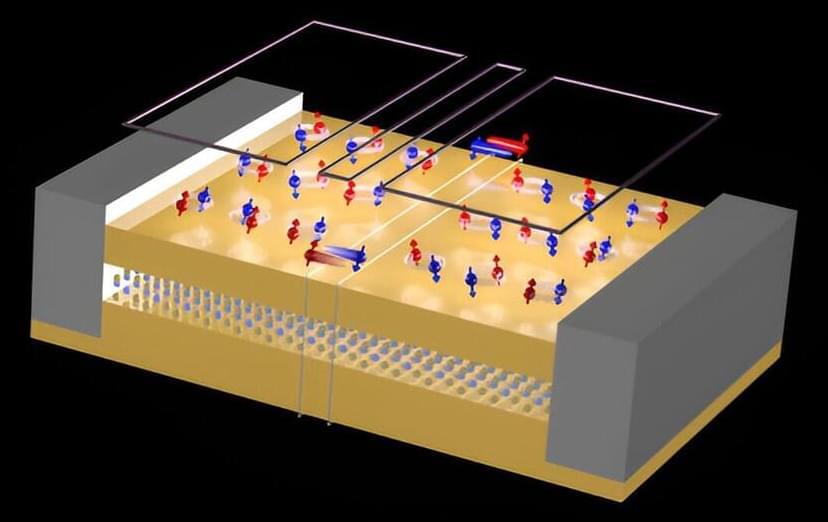
Physicists at RIKEN have developed an electronic device that hosts unusual states of matter, which could one day be useful for quantum computation.
When a material exists as an ultrathin layer—a mere one or a few atoms thick—it has totally different properties from thicker samples of the same material. That’s because confining electrons to a 2D plane gives rise to exotic states. Because of their flat dimensions and their broad compatibility with existing semiconductor technologies, such 2D materials are promising for harnessing new phenomenon in electronic devices.
These states include quantum spin Hall insulators, which conduct electricity along their edges but are electrically insulating in their interiors. Such systems when coupled with superconductivity have been proposed as a route toward engineering topological superconducting states that have potential application in future topological quantum computers.

The negative side of not having it on a disk or flash drive.
Sony announced on Monday that it would remove all Discovery content, including shows like “MythBusters” and “Deadliest Catch,” from user libraries, even if they had been purchased on the PlayStation Store.
The company, which owns and operates PlayStation game consoles, said in a brief statement that the Discovery shows would be deleted on Dec. 31, attributing the decision to “our content licensing arrangements with content providers.”
The move came as Warner Bros. Discovery, which owns Discovery content, is seeking to add more subscribers to its Max and Discovery+ streaming services, in competition with others like Netflix and Disney+.
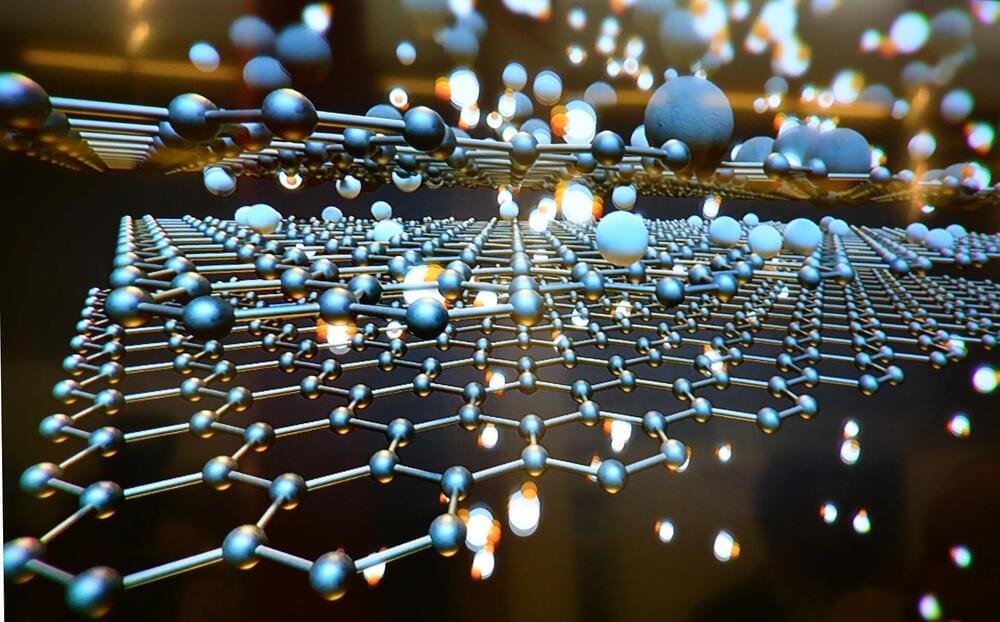
Two-dimensional materials, which are only a few atoms thick, can exhibit some incredible properties, such as the ability to carry electric charge extremely efficiently, which could boost the performance of next-generation electronic devices.
However, integrating 2D materials into devices and systems like computer chips is notoriously difficult. These ultrathin structures can be damaged by conventional fabrication techniques, which often rely on the use of chemicals, high temperatures, or destructive processes like etching.
To overcome this challenge, researchers from MIT and elsewhere have developed a new technique to integrate 2D materials into devices in a single step while keeping the surfaces of the materials and the resulting interfaces pristine and free from defects.
IN THIS EPISODE OF THE HUMAN UPGRADE™…you’ll learn how much control you can actually have over your brain. There’s a new way of accessing your meat operating system that adds an important element that’s been missing from the brain training conversation. Moha Bensofia joins the show to explain a new piece of neurotech called Mendi. He shares the benefits of getting more blood to the front of your brain. Mendi uses neurofeedback to provide visual feedback based on your brain activity.
A headset measures the activity while you play a fun brain-training mobile game. The system uses fNIRS technology to measure blood flow and oxygenation in the pre-frontal cortex of the brain. The brain training game requires focus and calmness, which increases activity and control of your brain’s pathways.

Cambridge researchers have identified magnetic monopoles in hematite, suggesting new possibilities for advanced, eco-friendly computing technologies. This first-time observation of emergent monopoles in a natural magnet could unlock new avenues in quantum material research.
Researchers have discovered magnetic monopoles – isolated magnetic charges – in a material closely related to rust, a result that could be used to power greener and faster computing technologies.
Researchers led by the University of Cambridge used a technique known as diamond quantum sensing to observe swirling textures and faint magnetic signals on the surface of hematite, a type of iron oxide.
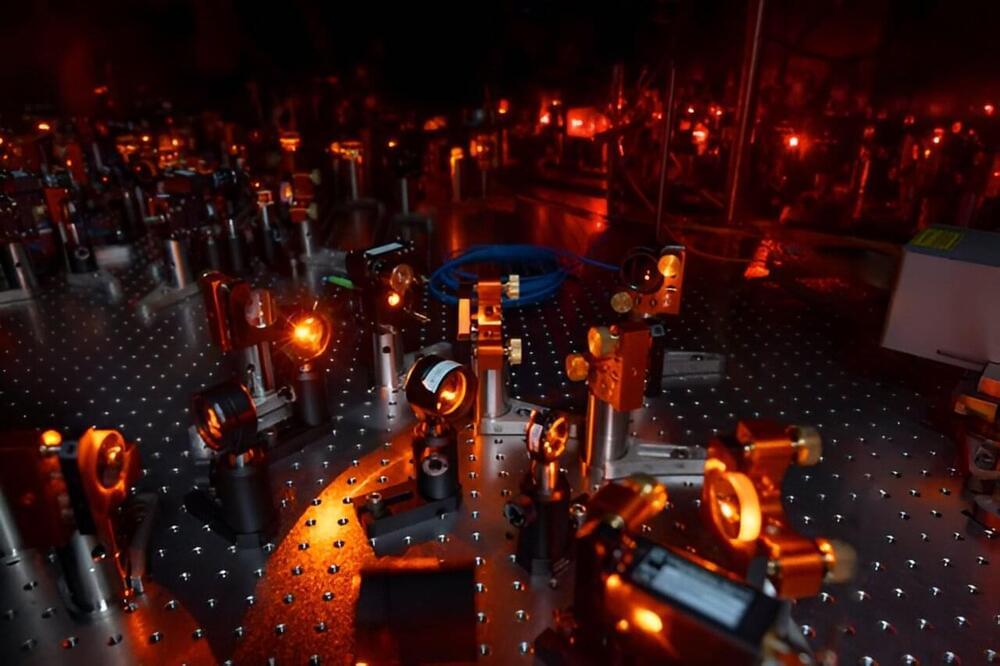
For the first time, a team of Princeton physicists have been able to link together individual molecules into special states that are quantum mechanically “entangled.” In these bizarre states, the molecules remain correlated with each other—and can interact simultaneously—even if they are miles apart, or indeed, even if they occupy opposite ends of the universe. This research was recently published in the journal Science.
“This is a breakthrough in the world of molecules because of the fundamental importance of quantum entanglement,” said Lawrence Cheuk, assistant professor of physics at Princeton University and the senior author of the paper. “But it is also a breakthrough for practical applications because entangled molecules can be the building blocks for many future applications.”
These include, for example, quantum computers that can solve certain problems much faster than conventional computers, quantum simulators that can model complex materials whose behaviors are difficult to model, and quantum sensors that can measure faster than their traditional counterparts.